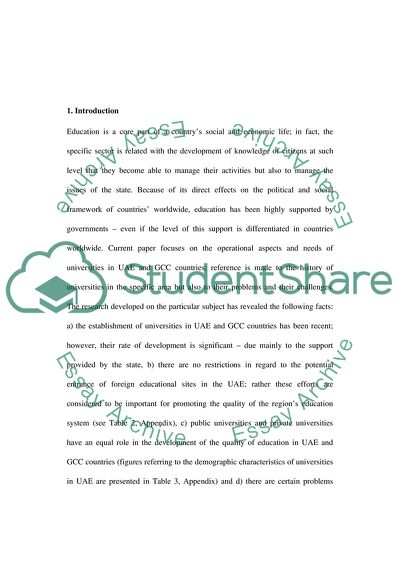Cite this document
(Universities in the UAE & GCC Countries Research Paper, n.d.)
Universities in the UAE & GCC Countries Research Paper. Retrieved from https://studentshare.org/education/1743641-universities-in-the-uae-gcc-countries-history-and-scope-for-better-education
Universities in the UAE & GCC Countries Research Paper. Retrieved from https://studentshare.org/education/1743641-universities-in-the-uae-gcc-countries-history-and-scope-for-better-education
(Universities in the UAE & GCC Countries Research Paper)
Universities in the UAE & GCC Countries Research Paper. https://studentshare.org/education/1743641-universities-in-the-uae-gcc-countries-history-and-scope-for-better-education.
Universities in the UAE & GCC Countries Research Paper. https://studentshare.org/education/1743641-universities-in-the-uae-gcc-countries-history-and-scope-for-better-education.
“Universities in the UAE & GCC Countries Research Paper”, n.d. https://studentshare.org/education/1743641-universities-in-the-uae-gcc-countries-history-and-scope-for-better-education.


